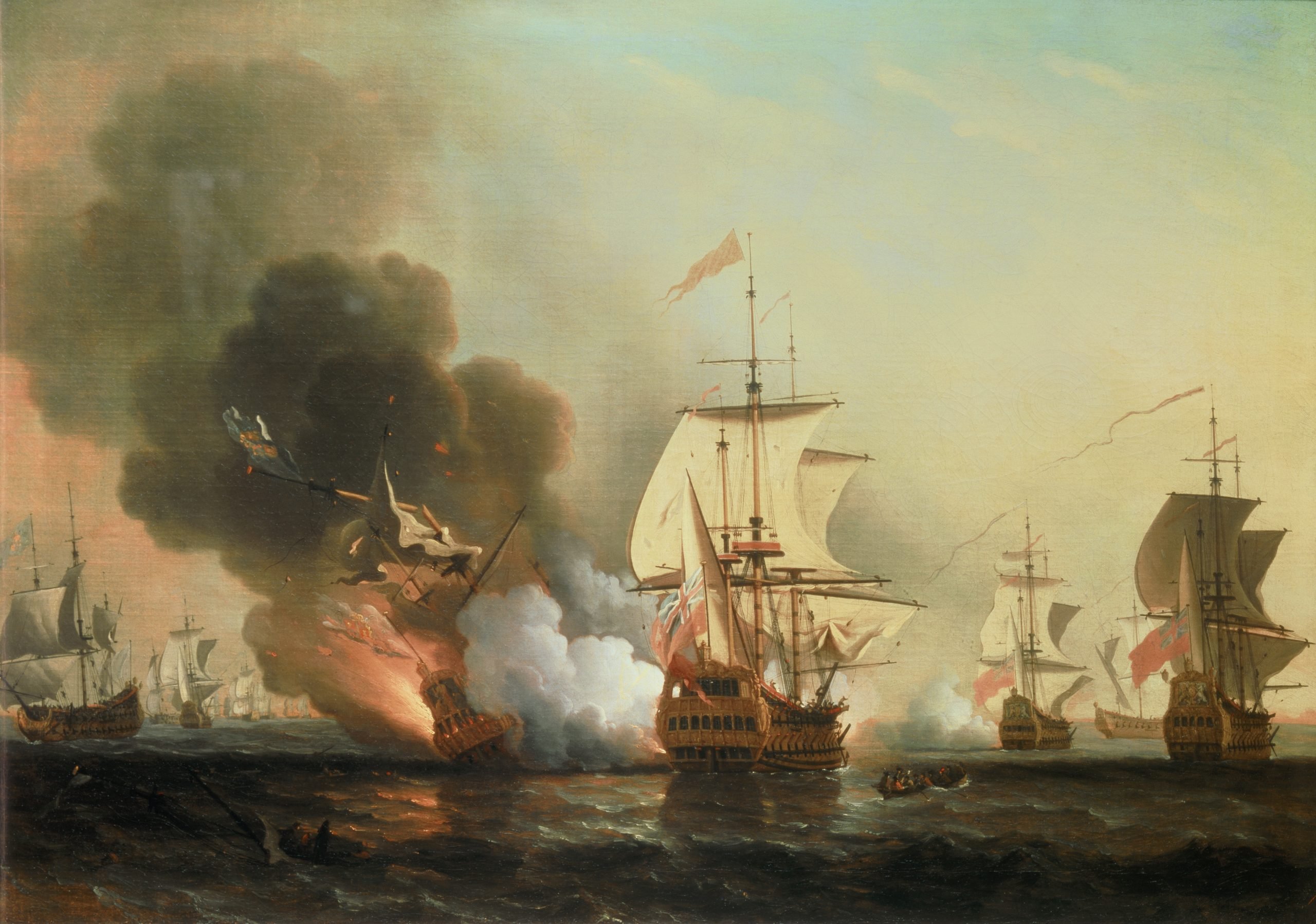
The San José is a Spanish Galleon that sank off the coast of Cartagena in 1708, while trying to outrun the cannons of pursuing British warships. It was the flagship of a royal armada returning to King Philip V from his South American colonies with a hull full of silver and gold during the war of Spanish Succession in the early 1700s. During its sea battle with a British naval squadron, the San José exploded, killing all but 11 of its 600 passengers.
Treasure seekers have long fantasized about discovering the galleon’s final resting place, hungry for its rare metals and precious gems. In 1979, the Sea Search Armada (SSA), a US-based salvaging company, signed a contract with Colombia, granting themselves exclusive rights to search for the San José. Their fee was half of whatever they might find. The SSA knew that the sunken ship was carrying Peruvian gold, Panamanian pearls, along with amethysts, emeralds, and diamonds from across the Andes.
The shipwreck’s location was finally pinpointed by the Colombian navy in 2015, and has been kept a secret. Since its discovery, Colombia, Spain, Bolivian Indigenous groups and the American SSA have been tangled in legal disputes, each claiming rights to a share of the loot. Spain claims the ship belonged to their Navy, Peruvian and Bolivian groups claim the treasures were plundered from the Incas, while Colombia argues that the wreck is in their waters, and the SSA has tried to enforce a contractual right to the lion’s share of the treasure. Colombia has already spent millions of dollars salvaging parts of the San José. The government once tried to auction off some of the riches it recovered before UNESCO and the country’s own courts intervened to halt the sales.
But now, Colombian archaeologists and historians assert that politics is being put aside to allow for the beginning of underwater excavation of the wreckage. After the prolonged legal battle, excavations of the “holy grail of shipwrecks” and its $17 billion in treasure are set to begin in April. Ceclared a “protected archaeological area” on May 22, the site could reveal immense cultural value, indicating what the Spanish Empire was like at the height of its power. Experts hope to build a museum dedicated specifically to the San José.
The salvaging of a shipwreck in warm, tropical waters is essentially unprecedented, making the process of retrieving it a pioneering, convoluted endeavor. Exactly how much can be recovered from the sunken ship will depend on the sea’s temperatures and its currents, the nature of the sediment the ship is submerged in, and what creatures it has become home to. The site is also considered a war grave, granting it international legal protections.
The Hunt explores art and ancient relics that are—alas!—lost to time. From the Ark of the Covenant to Cleopatra’s tomb, these legendary treasures have long captured the imaginations of historians and archaeologists, even if they remain buried under layers of sand, stone, and history.